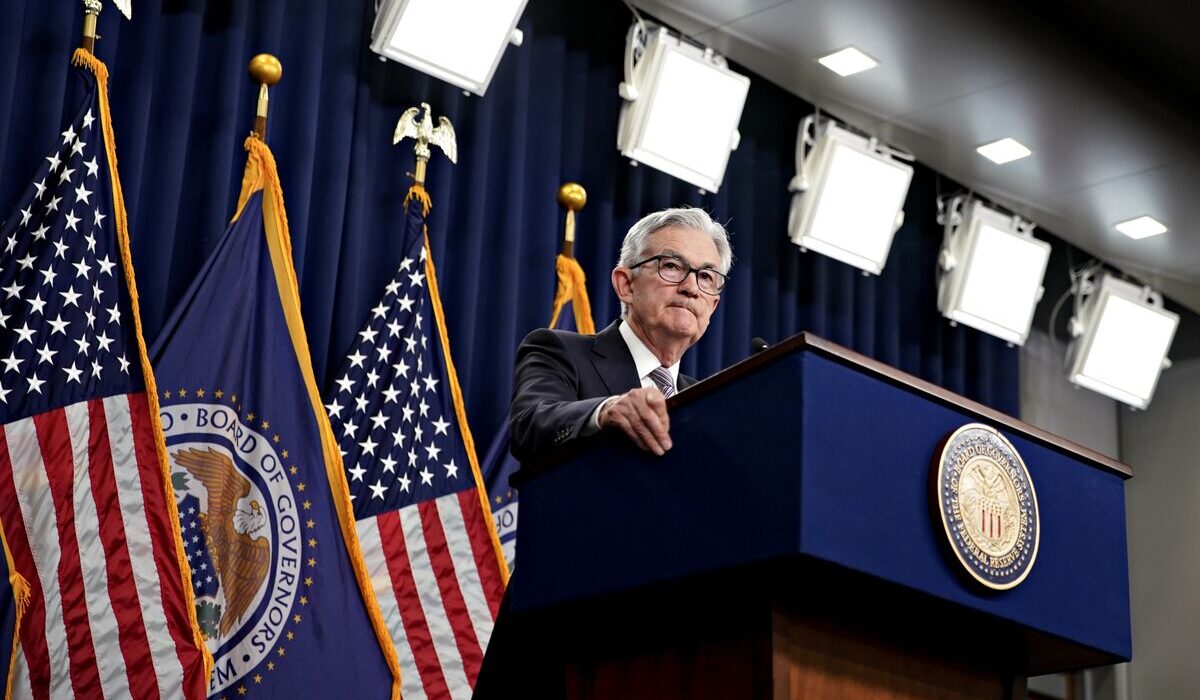In the realm of monetary policy, dissent is a rare bird. Yet, in a recent twist of events, two Fed governors decided to break ranks with their colleagues, creating ripples of tension within the hallowed halls of the Federal Reserve.
### A Historic Vote
“Two top Fed officials voted against the central bank’s decision to leave rates unchanged, the first dual dissent in more than 30 years.”
Christopher J. Waller and Michelle Bowman, both handpicked by President Trump himself, stood firm in their disagreement as they cast their votes against maintaining interest rates at their current levels. This marked a significant departure from the usual consensus-driven approach that has characterized the Fed’s decision-making process in recent decades.
### Under Pressure
The dissenting voices come at a time when the Federal Reserve and its chairperson, Jerome H. Powell, are feeling the heat from outside forces. President Trump has been particularly vocal in his criticism of Powell, urging him to either lower interest rates or step down from his position.
### The Dynamics Within
The Federal Reserve’s rate-setting committee comprises 12 voting members – seven governors and five regional presidents. While dissents are not uncommon among regional presidents who are not included in this count, it is noteworthy when such discord emerges among governors who typically strive for unanimity.
### Historical Context
“Dissent peaked in the early 1980s under Paul Volcker…”
Reflecting on history provides valuable insights into the significance of dissent within the Federal Reserve. During Paul Volcker’s tenure amidst rampant double-digit inflation, dissent was more prevalent as he implemented bold measures to combat economic challenges despite facing pushback from political quarters.
As we navigate these uncharted waters where dissent meets monetary policy decisions head-on, it remains to be seen how this divergence of opinions will shape future actions and policies within one of America’s most influential financial institutions.

